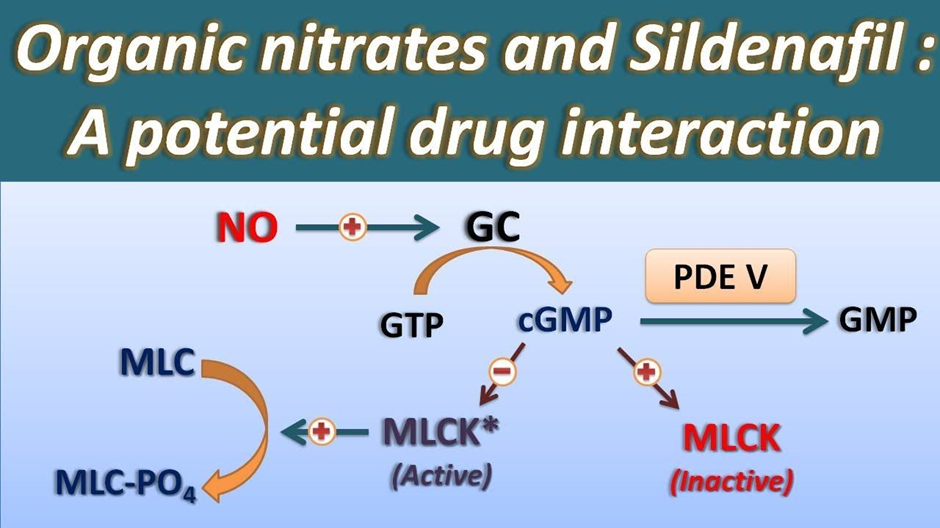A nurse is reviewing the plan of care with a client who has a new prescription for lovastatin. Which of the following statements by the client should indicate to the nurse a need for further assessment?
"I should avoid drinking grapefruit juice."
"I am trying to decrease my dietary fat intake."
"I was just diagnosed with hepatitis B."
"I take metformin for my diabetes."
The Correct Answer is C
Choice A Reason:
"I should avoid drinking grapefruit juice." This statement is actually accurate. Grapefruit juice can interfere with the metabolism of certain statin medications, including lovastatin, leading to increased levels of the drug in the body. Advising against grapefruit juice consumption is a recommended precaution when taking lovastatin, so this statement shows the client's understanding of this interaction.
Choice B Reason:
"I am trying to decrease my dietary fat intake." This statement reflects a positive lifestyle change. Lowering dietary fat intake is often recommended for individuals on statin medications to help manage cholesterol levels. This statement demonstrates the client's commitment to making healthy dietary adjustments, which aligns with the treatment plan.
Choice B Reason:
"I was just diagnosed with hepatitis B. "Hepatitis B can affect liver function, and statin medications like lovastatin can potentially impact liver enzymes. Therefore, in someone with a history of hepatitis B, it's crucial to assess liver function before starting a statin and to monitor the liver during treatment. This statement raises concerns about potential liver complications or interactions that require further evaluation before initiating lovastatin.
Choice D Reason:
"I take metformin for my diabetes." Metformin, a medication for diabetes, does not directly interact with lovastatin. While it's relevant to know the client's other medications, this statement doesn't indicate a need for immediate further assessment regarding the use of lovastatin.
Nursing Test Bank
Naxlex Comprehensive Predictor Exams
Related Questions
Correct Answer is C
Explanation
Choice A Reason:
Withdrawing the NPH insulin from the vial should come after injecting air into the NPH vial.
Choice B Reason:
Injecting air into the regular insulin vial should occur after withdrawing the NPH insulin from its vial.
Choice C Reason:
Inject air into the NPH vial is correct. The sequence for mixing regular insulin (clear) and NPH insulin (cloudy) in the same syringe typically involves injecting air into the NPH (cloudy) insulin vial first. This step prevents excess pressure buildup when withdrawing the solution, making it easier to draw the correct amount of NPH insulin into the syringe.
Choice D Reason:
Withdrawing the regular insulin from the vial should occur after withdrawing the correct amount of NPH insulin into the syringe.
Correct Answer is D
Explanation
Choice A Reason:
Furosemide is not correct. Furosemide is a diuretic used to treat conditions like heart failure and edema by increasing urine output. It is not a contraindication for sildenafil. However, it's essential to monitor blood pressure when these medications are used together, as both can potentially lower blood pressure.
Choice B Reason:
Albuterol is not correct. Albuterol is a bronchodilator commonly used to treat asthma and other respiratory conditions. It doesn't have direct contraindications with sildenafil for erectile dysfunction. Although both medications can cause some cardiovascular effects, they are not typically considered contraindications for each other.
Choice C Reason:
Indomethacin is not correct. Indomethacin is a nonsteroidal anti-inflammatory drug (NSAID) used to reduce inflammation and pain. While it can have effects on blood pressure and the cardiovascular system, it is not a direct contraindication for sildenafil specifically for erectile dysfunction.
Choice D Reason:
Nitroglycerin is correct. Nitroglycerin is a contraindication for sildenafil. Both medications can cause a significant drop in blood pressure. When taken together, they can potentiate each other's effects, leading to a severe decrease in blood pressure, which can be dangerous and potentially life-threatening. Therefore, individuals using nitroglycerin or any nitrate medications should not take sildenafil or other medications for erectile dysfunction due to the risk of hypotension (dangerously low blood pressure).

Whether you are a student looking to ace your exams or a practicing nurse seeking to enhance your expertise , our nursing education contents will empower you with the confidence and competence to make a difference in the lives of patients and become a respected leader in the healthcare field.
Visit Naxlex, invest in your future and unlock endless possibilities with our unparalleled nursing education contents today
Report Wrong Answer on the Current Question
Do you disagree with the answer? If yes, what is your expected answer? Explain.
Kindly be descriptive with the issue you are facing.
